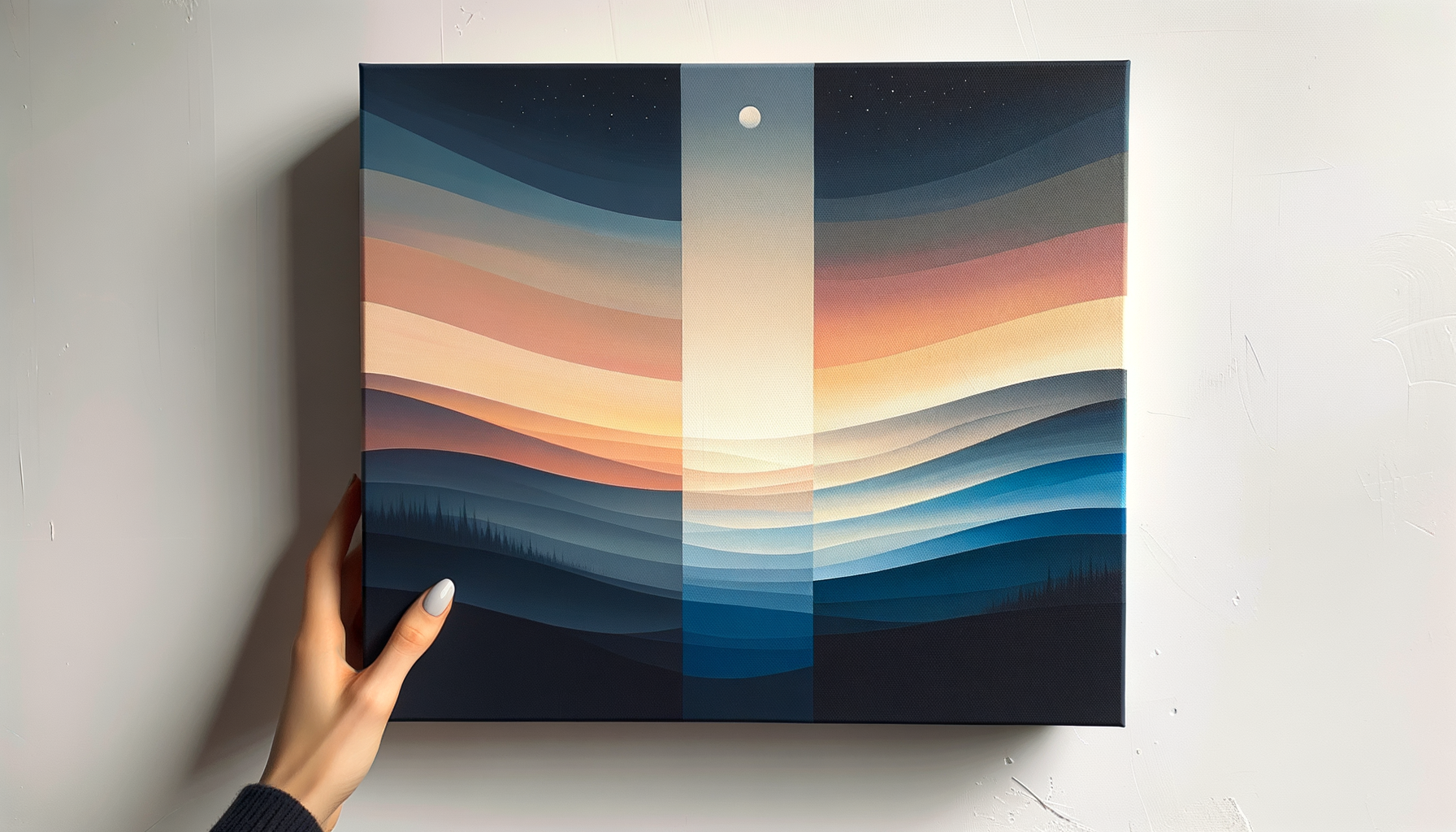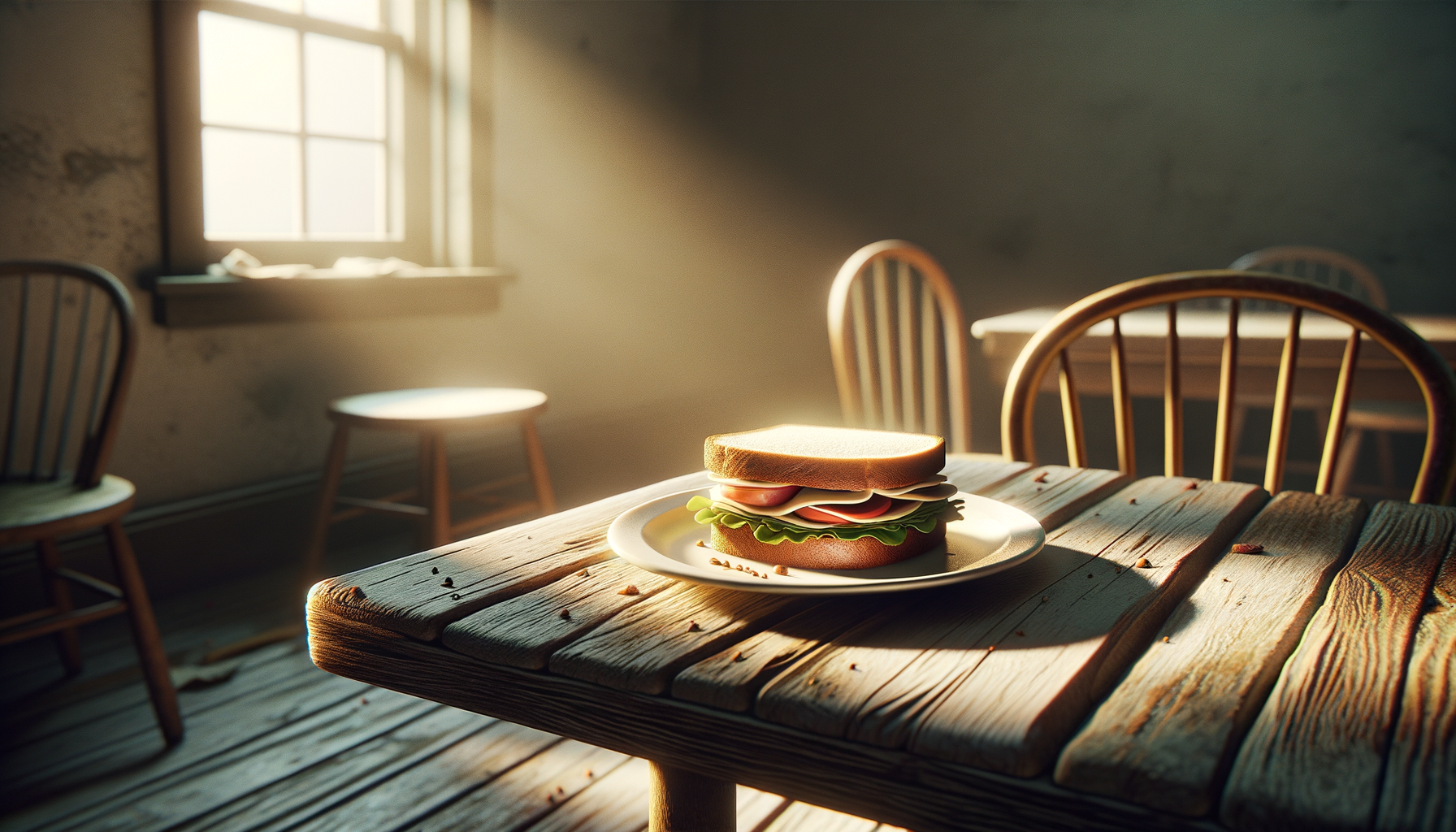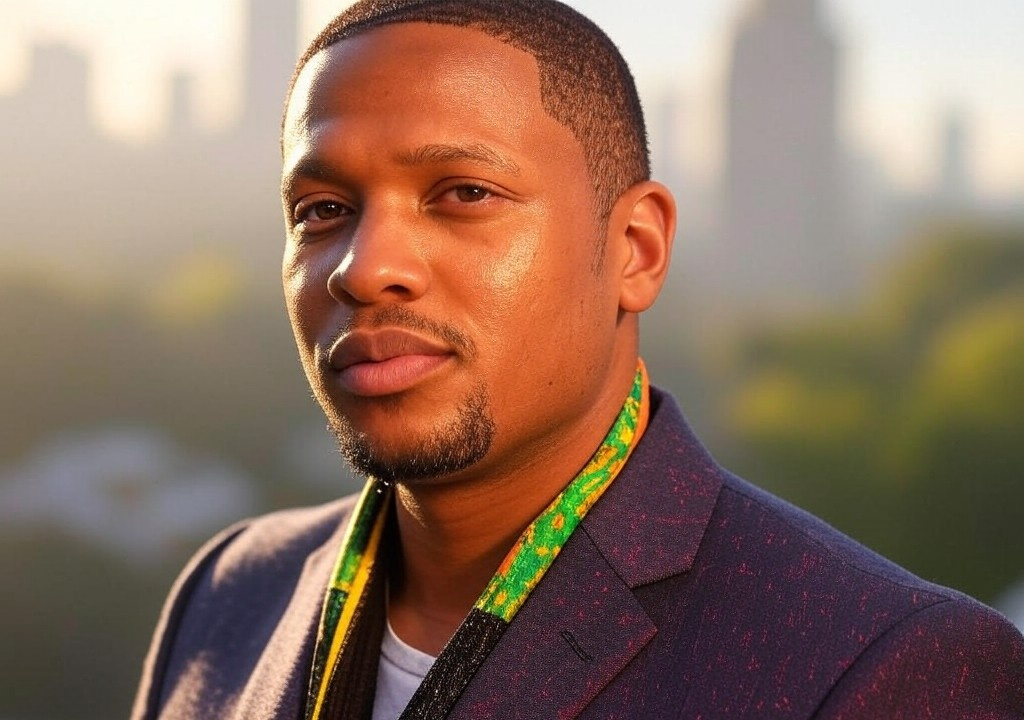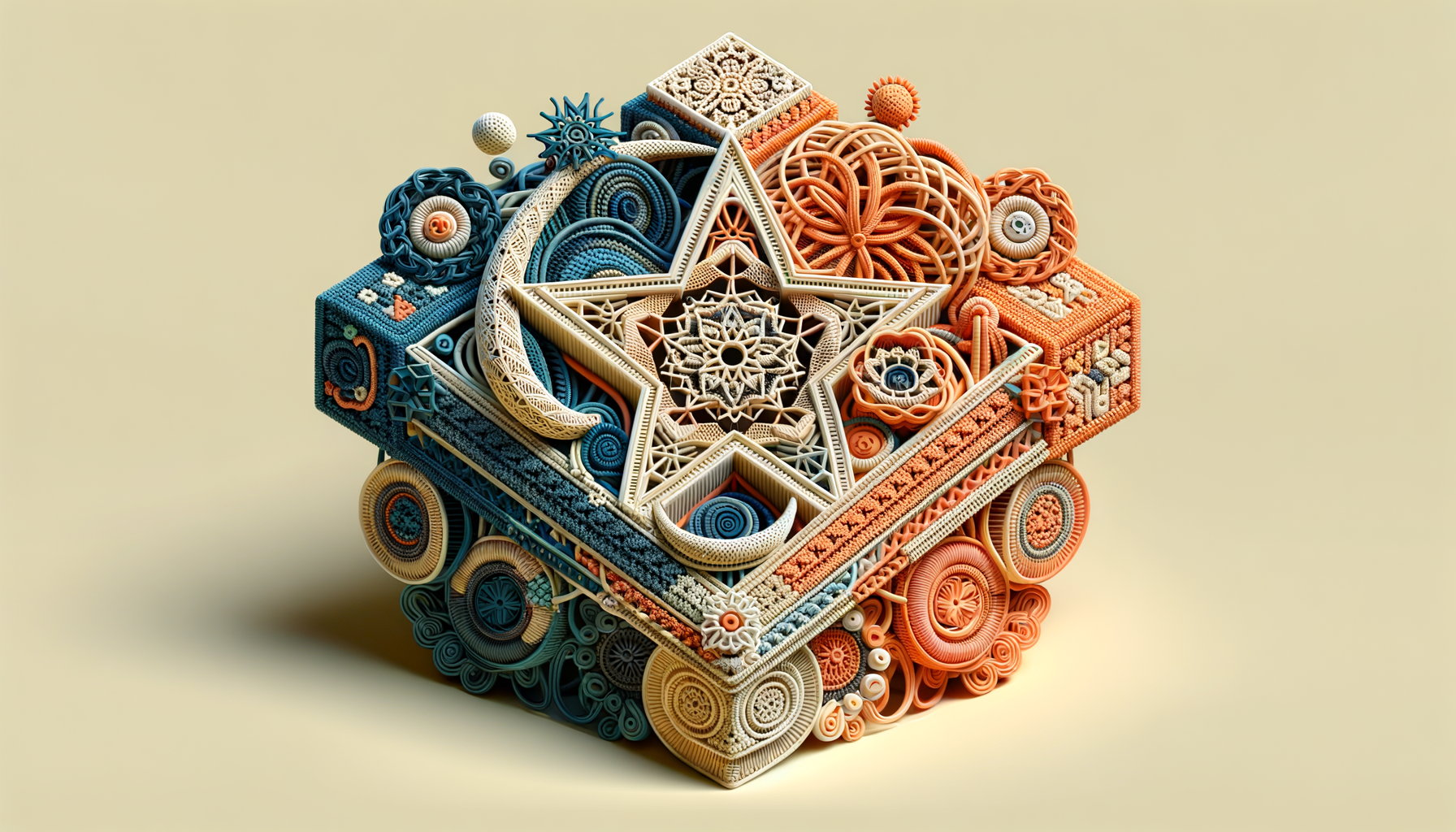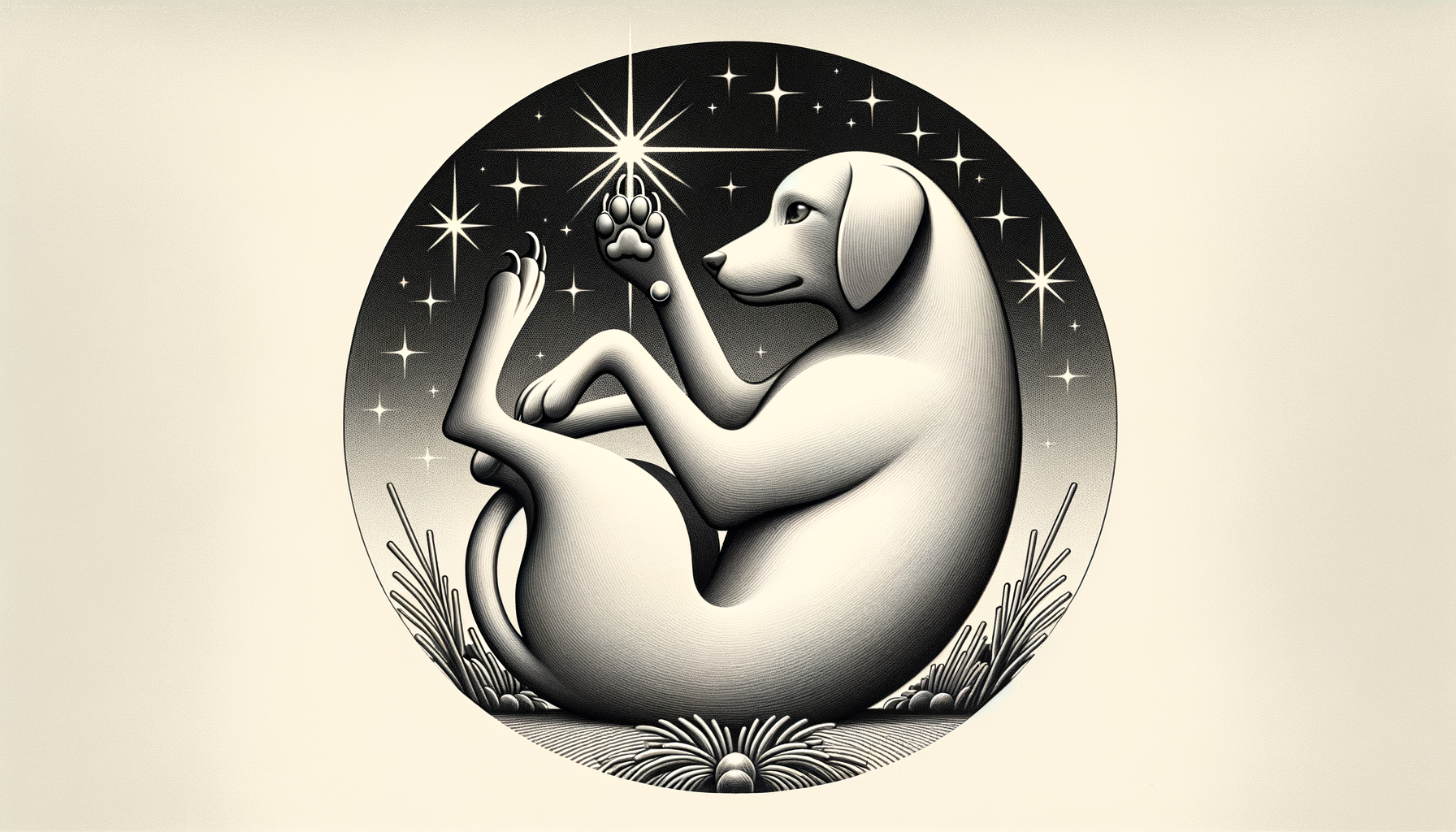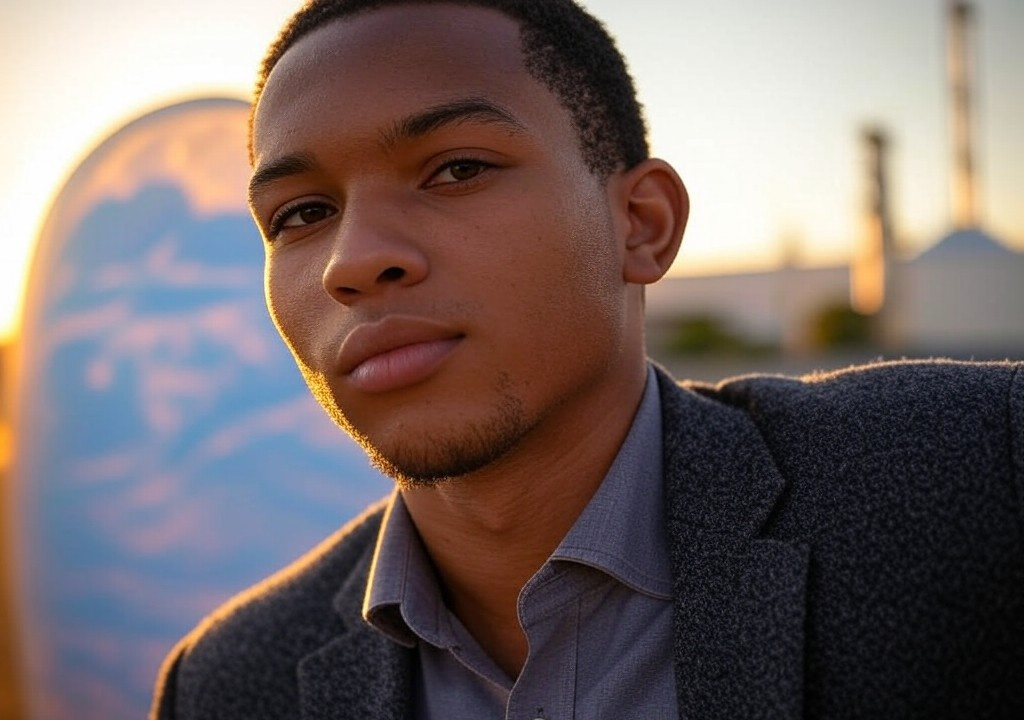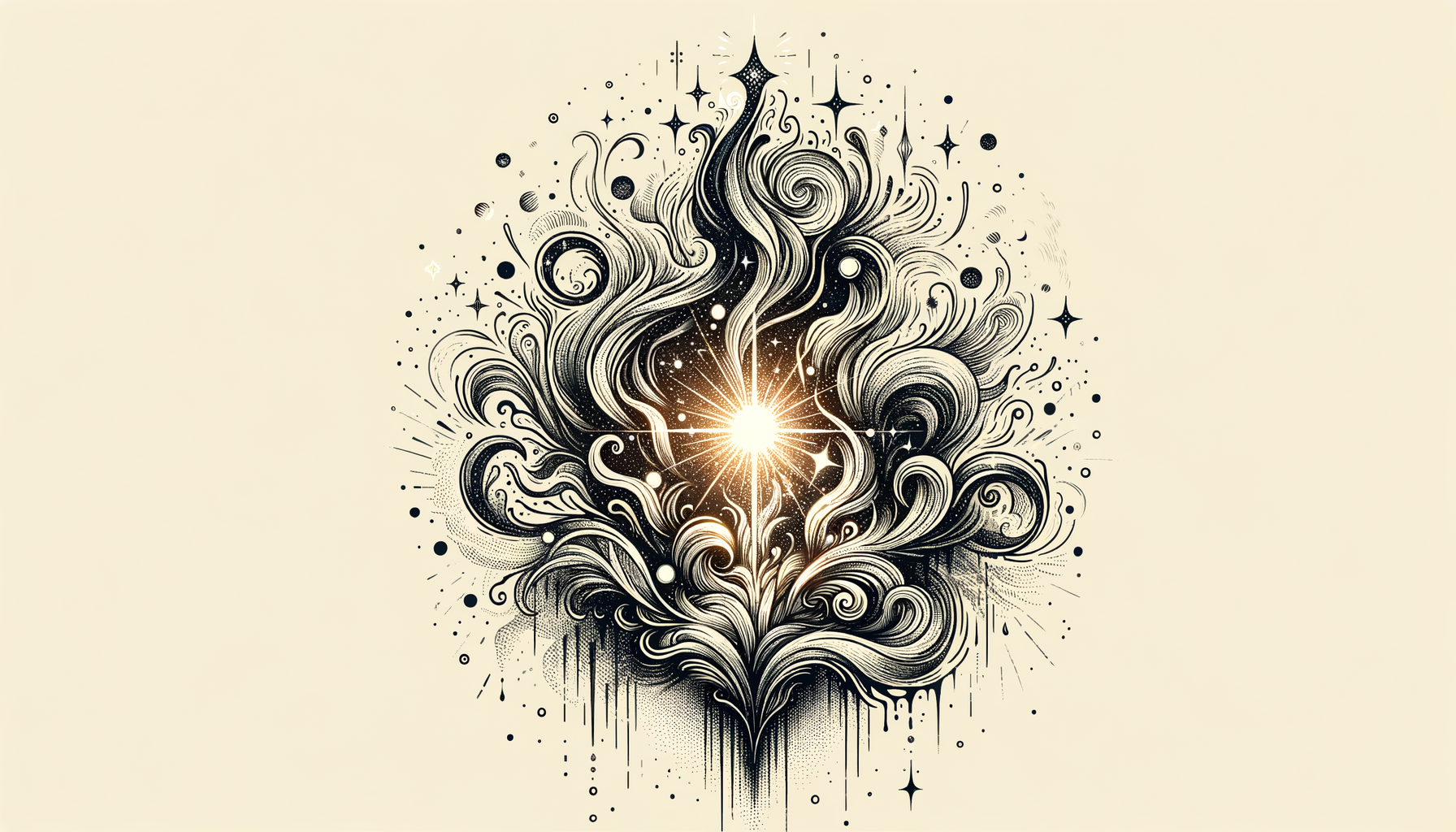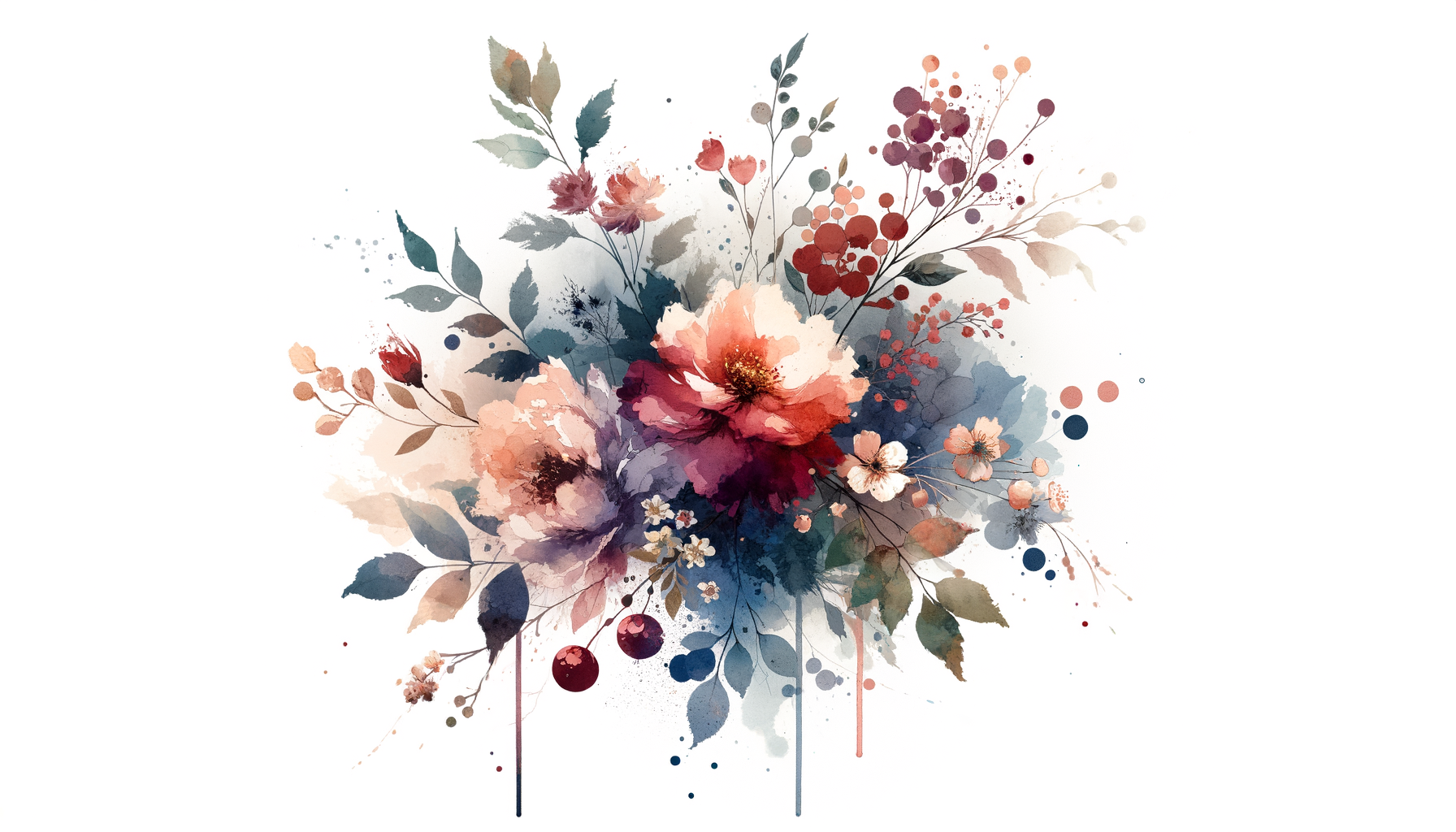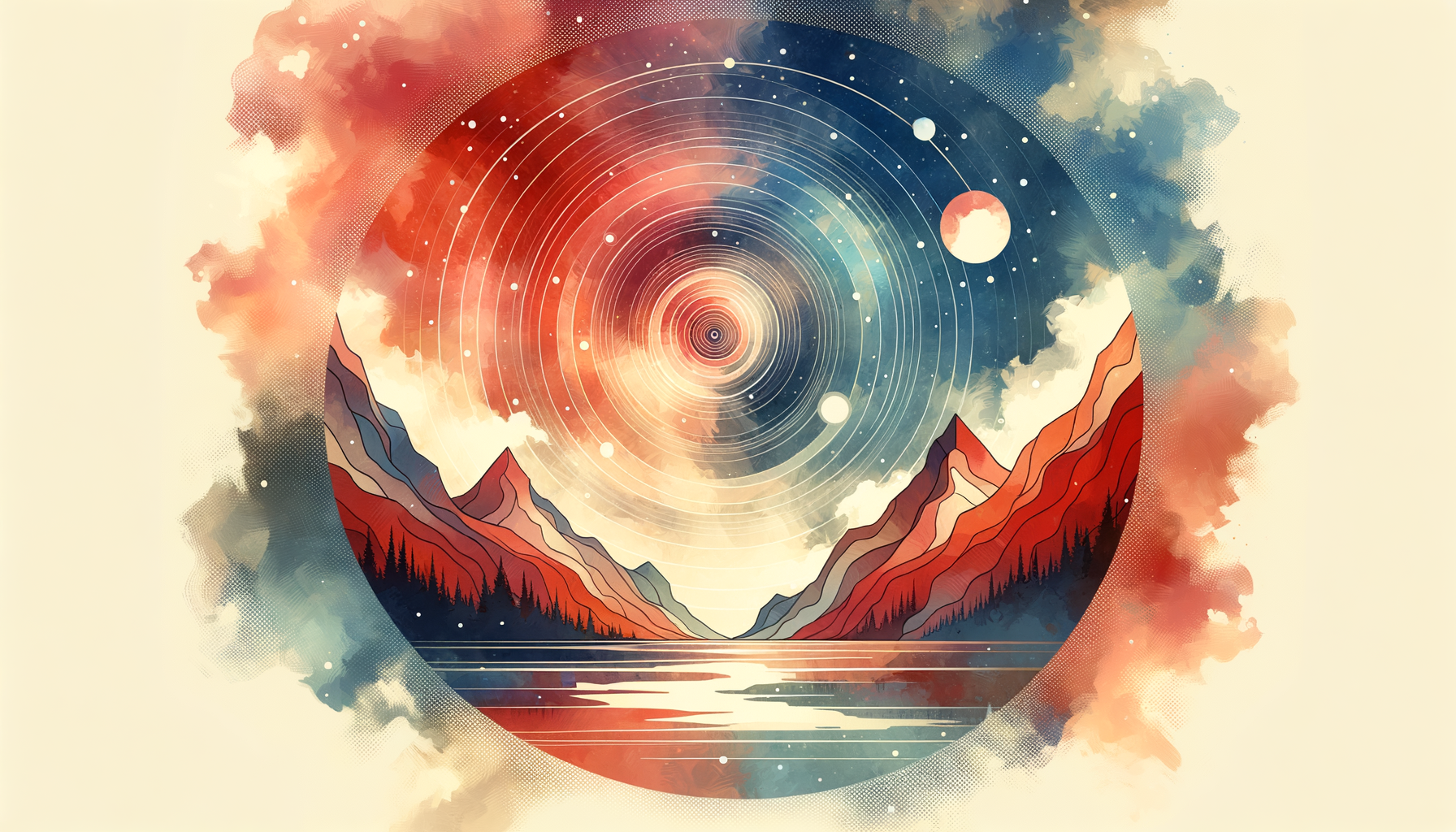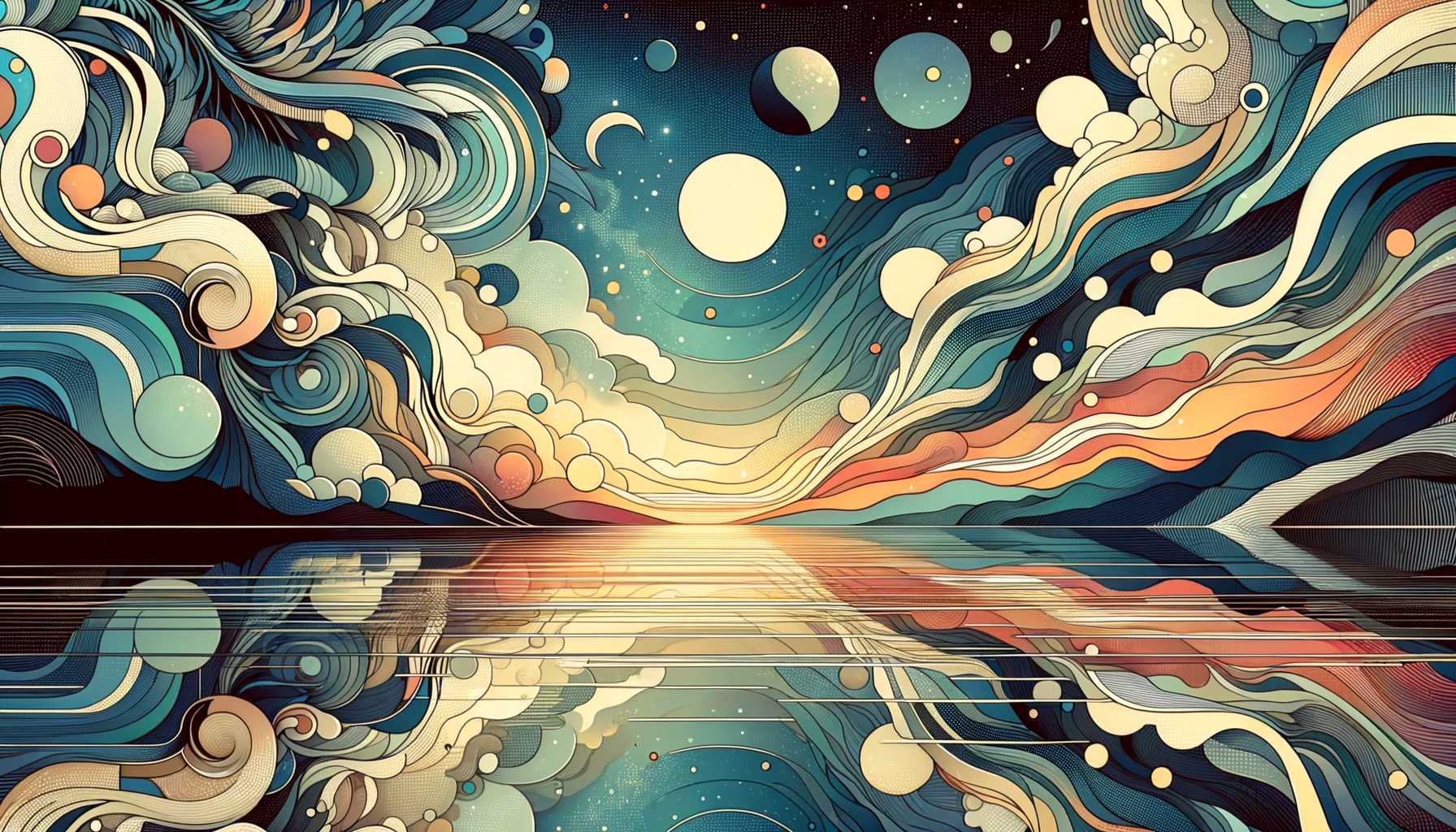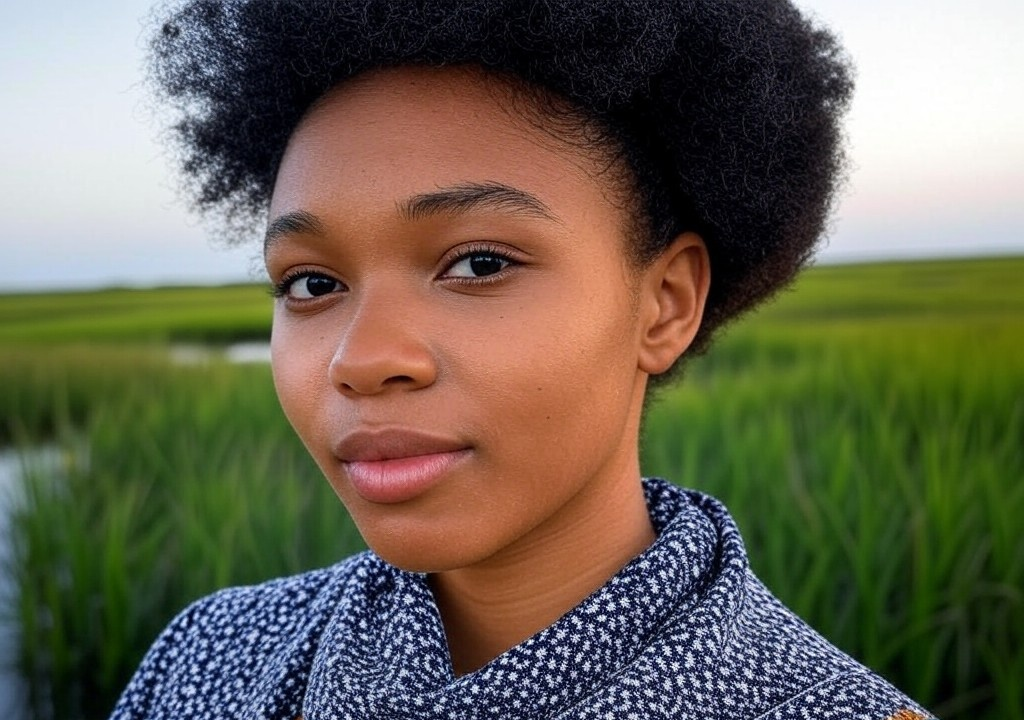In between worlds—that's where I always seem to find myself. Growing up with the scent of my parents’ sesame-scented wontons mingling with the aroma of oat milk lattes from the café down the street, my childhood was a mix of East and West. I’d spend mornings at my family’s restaurant, wiping tables while listening to my mother switch effortlessly between Cantonese and English, and afternoons busting out Avril Lavigne songs with friends at our local karaoke spot.
This in-between-ness isn’t just cultural. Life has a funny way of turning dualities into an ongoing theme. Whether it’s balancing my love for quiet, solitary hikes against Vancouver’s misty mountains versus the buzzing social activity at Granville Island, navigating these worlds hasn’t always been smooth. But let me tell you, duality is its own kind of magic—it’s where growth happens, connections deepen, and (let’s be honest) the most amusing stories arise.
Here’s what I’ve learned about embracing life between two worlds—and how you can use it to thrive in your relationships.
1. Duality Can Be Confusing—But That’s OK.
Let's be real: living between worlds can feel like trying to walk two dogs at once, both on retractable leashes. At some point, both worlds pull you in different directions, and you're the one doing the ungraceful splits in the middle. Growing up, Lunar New Year at my house meant passing around red envelopes and eating turnip cakes while friends peppered me with questions like: “Wait, so do you celebrate ‘normal’ New Year too?” (Spoiler: yes, and my family LOVES fireworks.)
Even in relationships, this duality can bring up misunderstandings. Like when I dated someone who thought he’d impress my parents at dinner by “perfectly” pronouncing the name of every dish, but they were actually more interested in why he refused to eat rice (“low-carb,” he explained—cue collective gasp). My advice? Laugh when these cultural collisions happen and use them as a way to bond. Differences aren’t barriers—they’re invitations to learn about one another.
2. Stay True to Your Roots, But Let Yourself Branch Out.
Here’s a little secret: learning to honor your “in-between” state is like mixing bubble tea. You might start with distinct ingredients, but the magic happens when it all blends together perfectly.
Living in Vancouver—a city where kombucha cafés and pho joints sit shoulder to shoulder—taught me that you don’t have to live in absolutes. When I studied in Melbourne, I spent a month missing my mom’s congee but fell in love with Friday nights sitting oceanside with my Aussie friends, inhaling Tim Tams and Vegemite toast (like, I didn’t love Vegemite, but I saw its charm). Learning to flex like this enriched my understanding of the world—and people—around me.
In relationships, this means thinking of dualities as extensions of who you are, not contradictions. Your partner might dig yoga retreats while your ultimate self-care plan includes hotpot and Hollywood rom-coms. Embrace it! Think of contrasts as opportunities to swap experiences and grow together.
3. Communication is Key (Even When It’s Chaotic).
If you’ve ever tried to explain a cultural nuance—to a partner, friend, or clueless coworker—you know it takes patience. Like the time I told my date he couldn’t leave tip money neatly on the table at my parents’ café because my mom would 100% track him down and return it as an insult to her cooking. He was baffled. I was exasperated. We laughed about it eventually, but explaining cultural nuances in relationships is a marathon, not a sprint.
To bridge worlds, stick to playful communication. Use humor to defuse tension (if someone roasts your karaoke song choice, just serenade their dog in a Mariah Carey falsetto—works every time). And try to be as transparent as possible. Here’s how you might approach tricky conversations:
- Start with why it matters to you on a personal level. “My family typically avoids physical displays of affection in public because they see it as very Western.”
- Offer context for how it adds value. “It doesn’t mean we’re emotionless; it means we’re really selective and intentional with those moments.”
- End by finding common ground. “So yeah, holding hands at the dinner table isn’t a thing, but we will load you up with leftovers—and that’s absolutely how we say I love you.”
4. Celebrate the Humor in “Lost in Translation” Moments.
You can’t live between worlds without occasionally tripping over something hilarious. I once translated for my mom during a parent-teacher meeting and accidentally told my teacher my mom wanted me to “become the teacher’s wife” (what she actually wanted was for me to listen to the teacher’s advice). That was a fun afternoon.
But these missteps? They’re what make being human so great. They’re stories you bring to first dates, bonding moments for your family and friends, and random laugh attacks late at night. When they happen, choose laughter over embarrassment—that’s a bridge-building superpower.
This humor can go a long way in relationships too. When I met someone who was determined to impress me by reciting basic Cantonese phrases, I encouraged him to order dim sum at the Mandarin-only restaurant I chose for date #3. Did he nail it? No. Was his attempt the funniest and cutest thing I’d ever seen? Absolutely.
5. Your Uniqueness is a Superpower—Celebrate It.
Here’s the thing: duality doesn’t dilute who you are. It amplifies it. Whether it’s growing up cross-culturally, straddling introversion and extroversion, or balancing personal quirks with traditional expectations, being a little “in-between” makes you more interesting—and more empathetic.
In relationships, owning this superpower means being unapologetically YOU. Someone asking why you bring hot sauce everywhere? Explain that spicy food isn't just flavor—it's a vibe. Someone confused by your love of both thrift shopping and fine dining? Gently explain you contain multitudes, thank you very much.
Every layer of you is worth celebrating, and the right connections will appreciate the duality you bring to the table.
6. Build Bridges, Not Boxes.
Living between worlds isn’t about fitting neatly into one or the other—it’s about finding, creating, and celebrating your unique blend. When my parents gave me red envelopes for Lunar New Year, they’d say, “For luck, abundance, and your future.” And every year, I’d save up those envelopes, take what they taught me about saving, and spend it on something that expanded my world—like books about Henry David Thoreau or a cooking class on Italian pasta-making.
In relationships, bridging worlds looks similar. Meet people where they are and let them do the same for you. Lean in when things don’t make sense. After all, love is all about exploration—cultural, emotional, or just discovering why on earth someone prefers plain boiled potatoes over roasted yams.
The Takeaway? The Beauty’s in the Between.
At the end of the day, living between worlds has shown me that connection flourishes in the spaces where cultures, personalities, or perspectives overlap. These intersections may feel messy at times, but that’s where the magic happens.
So whether you’re explaining why your future wedding might be a mix of bao buns and champagne toasts, or bonding over the fact that your differences give you endless conversation fodder, remember this: the beauty of connection lies in the in-between. Celebrate it.
And next time someone asks if celebrating Lunar New Year means skipping New Year's Eve, just smile and say: "Why not both?"



